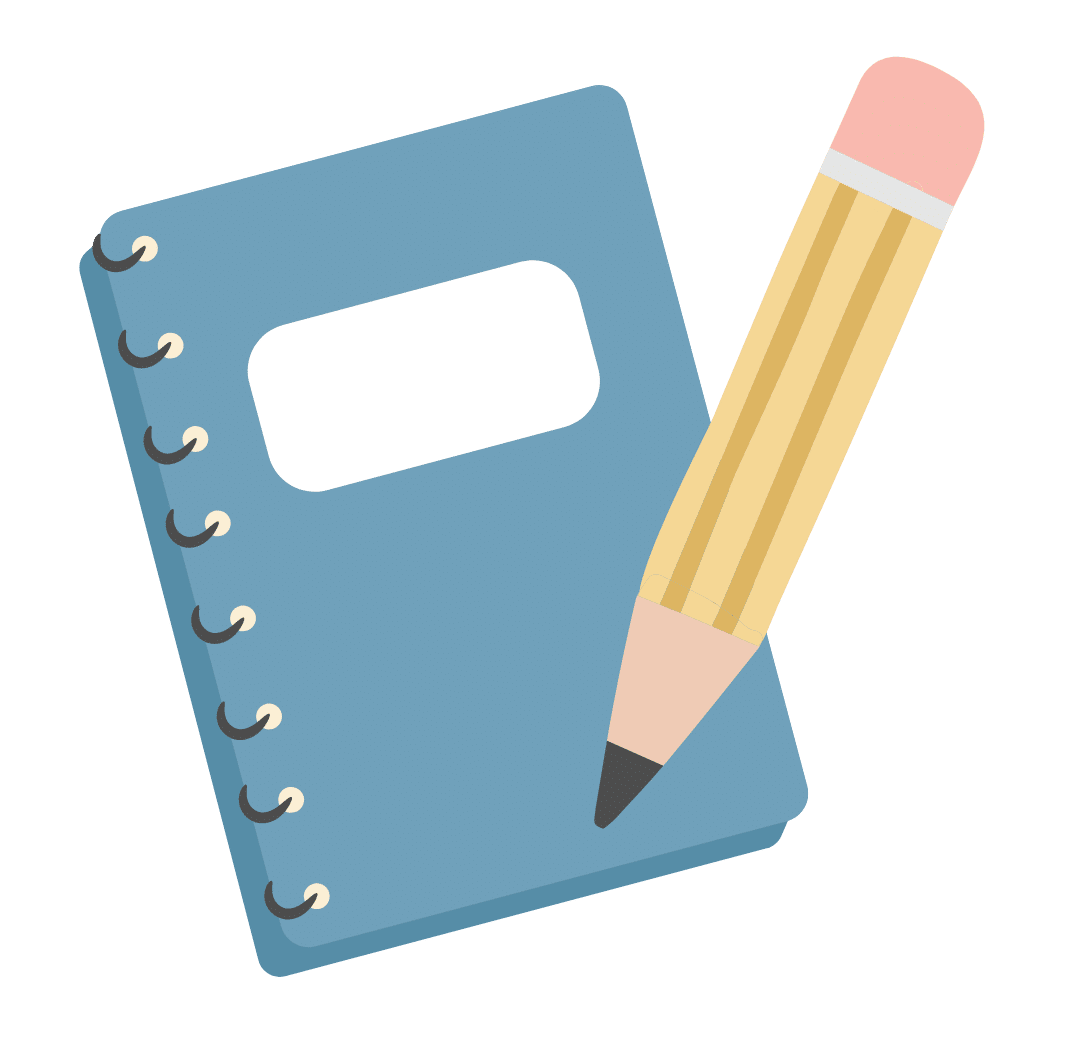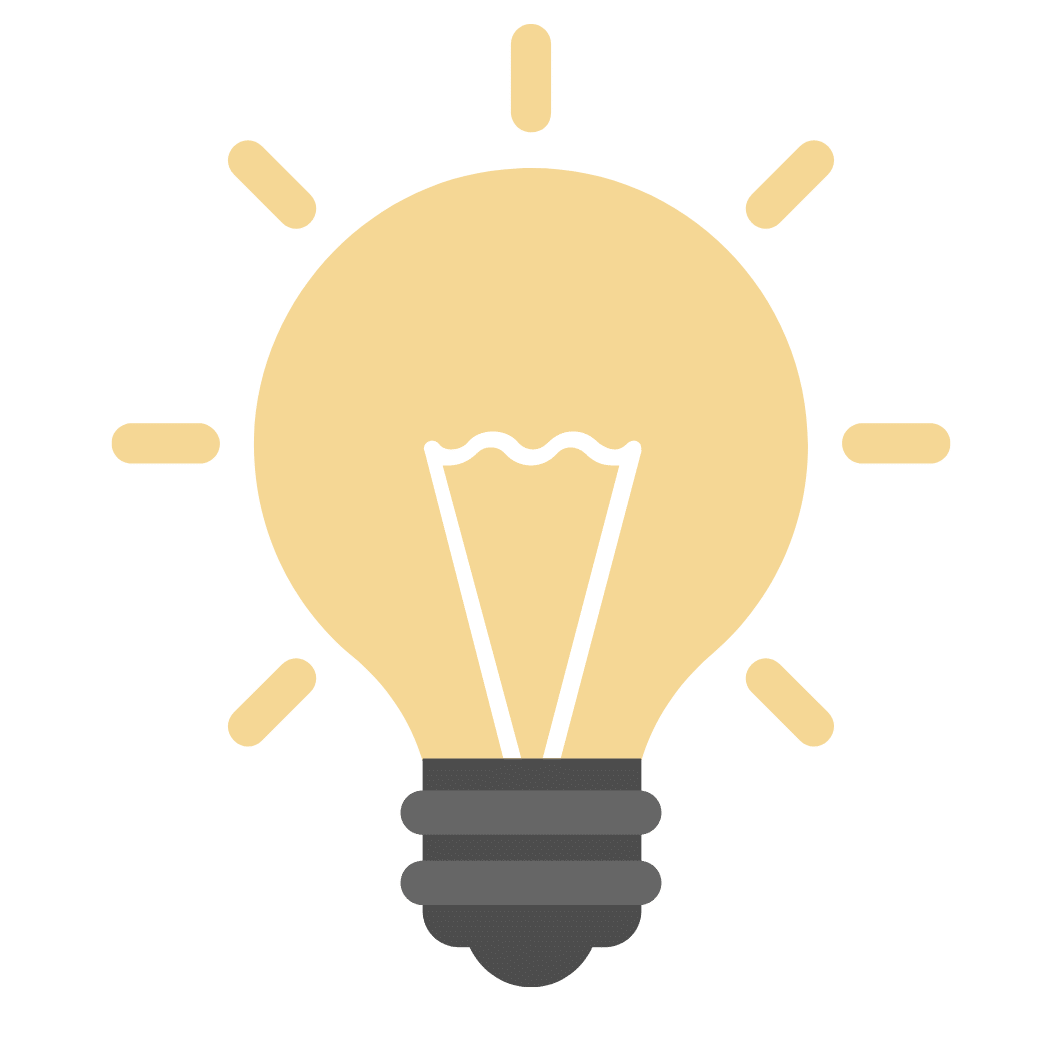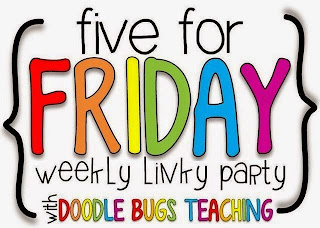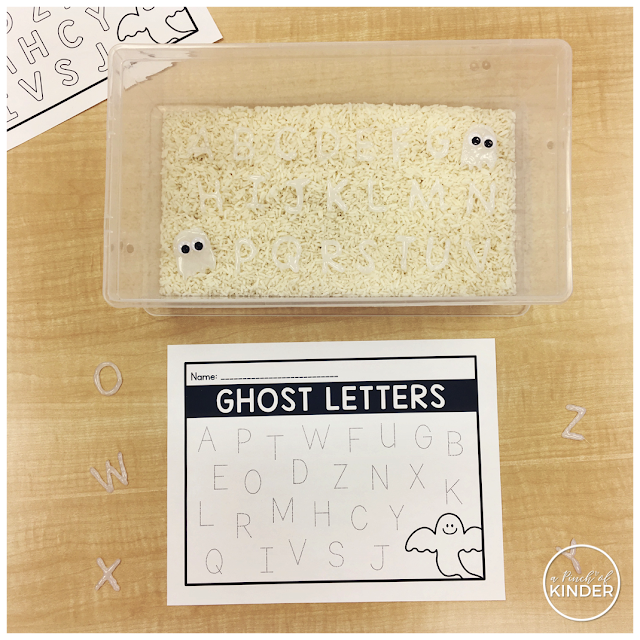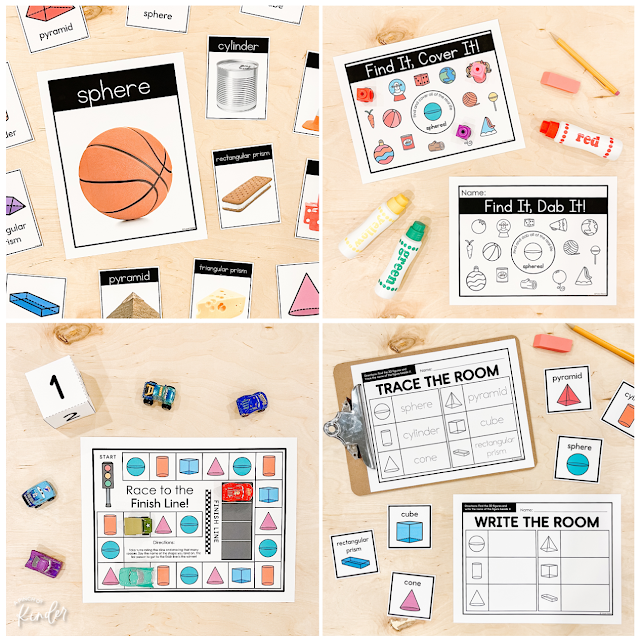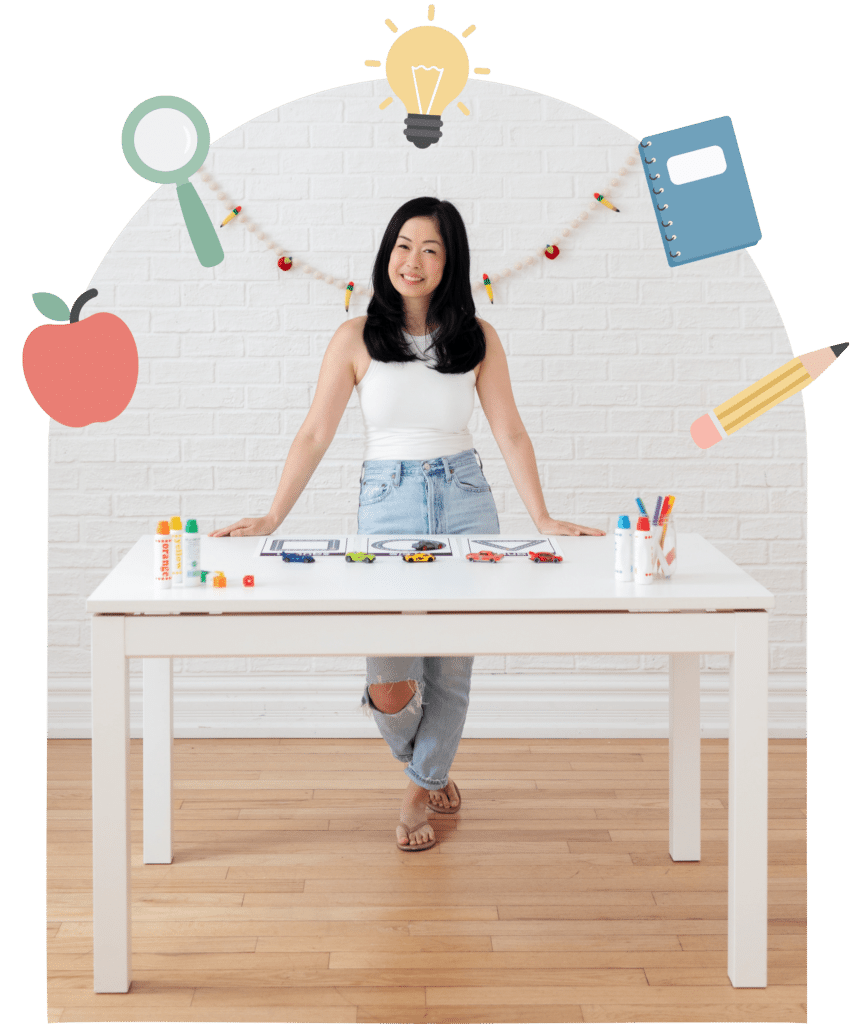Heartfelt Remembrance Day Activities for Kindergarten: Meaningful Learning Made Easy! (with FREE Lesson Plans and Centres!)
Hi there!
Remembrance Day is such an important day to teach about but it can also be a tricky one in Kindergarten. At this age, it’s important to gauge how much each group can handle when it comes to discussions about war and loss before going too deep.
While it’s essential to honour and talk about the soldiers and veterans who have sacrificed for our freedom — which helps children understand why we show respect during the Remembrance Day assembly — I also like to focus on what it means to be peacemakers and peacekeepers in a Kindergarten classroom.
Read on for more ideas and to grab all of my Remembrance Day resources (they’re all FREE!) to make planning Remembrance Day activities for Kindergarten easy❤️
1. Remembrance Day Lessons + Follow-Up Activities
I wanted to start by sharing my FREE lesson plans for Remembrance Day! Click on the image below to grab it from my TPT store👇

1. Loose Parts Poppies
We usually begin by learning why Remembrance Day was established, and the book “A Poppy Is to Remember” is always my go-to for introducing the topic in a primary-friendly way. From there, we explore why the poppy became a symbol of remembrance and spend time observing poppies before creating our own representations.
Here’s an invitation to create poppies using red, black and green loose parts — a hands-on way for little learners to connect meaningfully with this important day:

I also set out recording sheets so students could document their creations and practice writing a sentence about them. There were two options — students could write their own sentence or trace the sentence “I made a poppy with loose parts.”
👉 You can download this recording sheet (along with all the other recording sheets mentioned in this post) at the bottom of the page!
Here’s another picture of the set up from a different year:

And here’s a photo of a finished recording sheet completed by one of my sweet Kindergarten kiddos❤️

💡 Why This Activity Works
This activity gives students the chance to explore creativity, observation, and fine motor skills while connecting to the meaning of Remembrance Day in an age-appropriate way. As they design their poppies, they’re learning about symbols of remembrance, practicing composing with shapes and sorting, and developing oral language as they share their creations with others.
2. Remembrance Day Sensory Bin
This is what I included in our Remembrance Day sensory bin the last time I was in the classroom! The base is made of black beans, and I added metal buckets with tongs, red pom poms, white felt doves, and felt poppies topped with black buttons.

I cut the poppies in three different sizes so students could practice sorting by size using the divided tray — an easy way to combine fine motor and math skills while reinforcing the symbolism of the poppy.
3. Remembrance Day Mini Reader
I made this mini reader because I had a handful of students who loved making their own booklets! In this activity, students trace the bubble words and colour the pictures, reinforcing key vocabulary and concepts related to Remembrance Day in a Kindergarten-friendly way.

💡 Why This Activity Works
This reader is perfect for supporting early literacy skills like word recognition, one-to-one correspondence, and fine motor control. It also helps children connect visuals to meaning, deepening their understanding of important symbols like poppies, doves, and the Canadian flag. Plus, creating their own book gives students a tangible way to share their learning with families at home.

4. Remembrance Day Words Chart
The week before, I had our Halloween word chart out, and the kids absolutely loved drawing and labeling pictures from it — so I quickly made a Remembrance Day version to put out the following week! The students did such a great job drawing and labeling pictures at this centre, and it turned out to be a surprisingly engaging way to reinforce new vocabulary and practice writing skills!

💡 Why This Activity Works
This word chart encourages independent writing and helps students make connections between spoken, written, and visual language. Drawing and labeling also builds phonemic awareness, vocabulary, and fine motor control, while giving students the freedom to express their understanding of Remembrance Day symbols in their own way.
5. Remembrance Day Colour/Circle/Trace/Write the Room
I actually created this resource just last year after receiving multiple requests for a Remembrance Day–themed Write the Room! It includes a variety of options — Find & Colour, Find & Circle, Trace the Room, and Write the Room — so you can choose the recording sheet(s) that best fit the needs of your class in November.

💡 Why This Activity Works
These activities make learning new vocabulary interactive and adaptable for all learners. Whether students are tracing, circling, or writing, they’re practicing fine motor skills, word recognition, and printing — all while engaging with meaningful Remembrance Day symbols in a fun, hands-on way.

This is the only freebie (other than the lesson plans) that are not in the file at the bottom of the page! You can find it in my TPT store here: https://www.teacherspayteachers.com/Product/FREE-Remembrance-Day-TraceWrite-the-Room-Circle-Colour-Options-12469617
6. Pattern Block Build & Trace
These Remembrance Day Pattern Block Build & Trace mats are such a fun way to combine math, fine motor skills, and symbolic learning! Students use pattern blocks to build familiar Remembrance Day images like a poppy, cross, dove, and wreath, then trace the word underneath to reinforce vocabulary and letter formation.

💡 Why This Activity Works
This activity connects geometry and literacy in a meaningful way. As students manipulate shapes, they strengthen their spatial reasoning, hand–eye coordination, and fine motor control… all while learning to recognize and spell Remembrance Day symbols. It’s hands-on, calming, and purposeful!
7. What Does Peace Mean to You?
This was one of those early teaching experiences that reminded me just how deeply young children can think — often more than we expect! I honestly wasn’t sure what kind of answers I would get to the question “What does peace mean to you?” but their responses completely warmed my heart.

We read the book “The Peace Book” by Todd Parr and brainstormed ideas as a group first before students wrote their own ideas. Many of my students showed a genuine understanding of what peace meant — from sharing kind actions to spending time with family — and it was such a powerful reminder that even in Kindergarten, children are capable of beautiful empathy and reflection.

💡 Why This Activity Works
This writing prompt helps students explore social–emotional learning in an age-appropriate way. By expressing what peace means to them, children practice self-awareness, language development, and emotional literacy, all while connecting back to the core message of Remembrance Day — honouring peace and kindness.

8. Paint a Poppy

This one is such an easy and beautiful centre to set up! You can make a sample poppy for students to reference (like I did) or add a few real poppy pins (with the pins removed, of course) or photos of poppies for inspiration.

The second year we did this, we decided to turn our painted poppies into a class wreath for the Remembrance Day assembly — and it turned out so lovely! After the students painted their poppies, I cut them out and glued them onto the wreath. Then we read “The Peace Book” by Todd Parr and brainstormed words that make us think of peace. During centre time, a few students helped write the words on pieces of black construction paper, and we glued them onto the wreath to finish it off.

It was one of the easiest wreaths I’ve ever done, and I absolutely loved how it turned out — simple, collaborative, and so meaningful.
💡 Why This Activity Works
This project combines art, literacy, and social–emotional learning in one! Painting encourages creativity and focus, while the peace word brainstorming helps children develop vocabulary and emotional awareness. The final wreath also makes a beautiful visual reminder of the students’ understanding of remembrance and peace.
9. Make a Poppy with Construction Paper
This is another easy and open-ended centre that can also be turned into a class wreath afterward! There are no stencils or templates — students simply use the model and materials provided (construction paper, scissors, and glue) to create their own unique poppies.

I love how this centre encourages creativity and independence — each poppy looks a little different, and the process gives students a chance to explore shape, colour, and design while working on their fine motor skills.
💡 Why This Activity Works
This simple craft invites authentic art-making while still connecting to the meaning of Remembrance Day. Cutting, gluing, and assembling shapes helps strengthen hand–eye coordination and spatial awareness, while giving students a sense of pride and ownership in their creations. Turning the poppies into a wreath afterward makes for a beautiful collaborative display to honour the day.
10. Remembrance Day Wreath #2
Here’s another Remembrance Day wreath we’ve made in the past! For this version, I brought in an empty egg carton and cut it apart. Each student painted one or two sections using red and black paint, then made four small cuts to create the poppy petals.

Once the paint dried, I hot glued the poppies onto a large cardboard “donut” base, and one of my little “printing experts” added the writing in the middle for us. It was such a simple, collaborative project — and I loved how it turned out!
💡 Why This Activity Works
This craft combines fine motor practice, artistic expression, and teamwork. Students learn how to reuse and repurpose materials creatively while contributing to a shared class display that honours the meaning behind Remembrance Day. It’s hands-on, eco-friendly, and makes a beautiful addition to your classroom or hallway display!
Teaching about Remembrance Day in Kindergarten can feel challenging — but it’s also one of the most meaningful times of the year. Through simple, hands-on activities like these, students can begin to understand the ideas of gratitude, peace, and respect in ways that feel age-appropriate and heartfelt.
I hope these ideas and printables help make your own Remembrance Day learning meaningful and easy to implement in your classroom. 💖
👉 You can download all of the recording sheets and printables featured in this post by clicking on the button below!

Just a reminder, once you get into my Google Drive, you still need to hit the download button at the top right corner and save it to your computer/device!
If you try any of these activities, I’d love to see them in action — tag me on Instagram @apinchofkinder so I can share and celebrate your students’ beautiful work!



